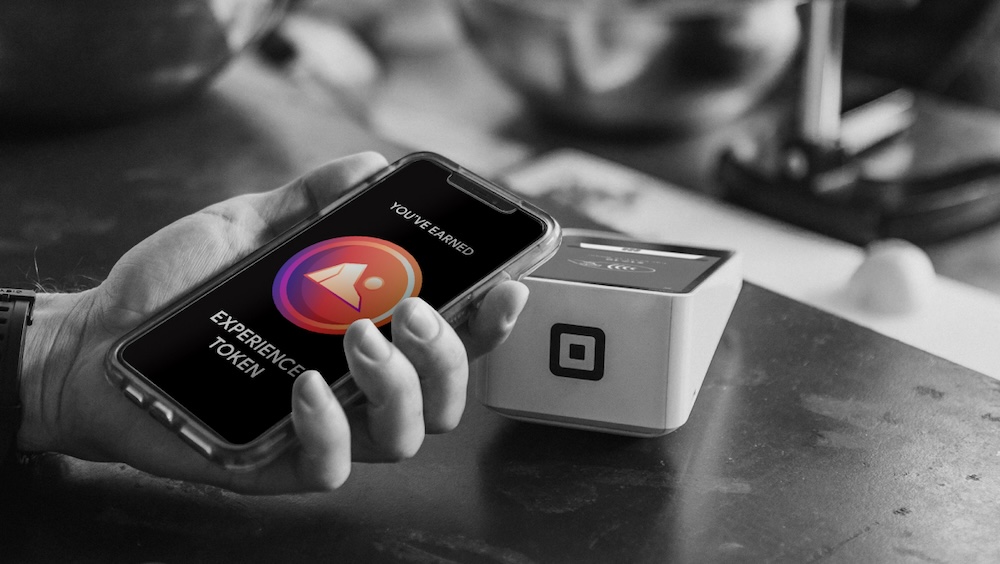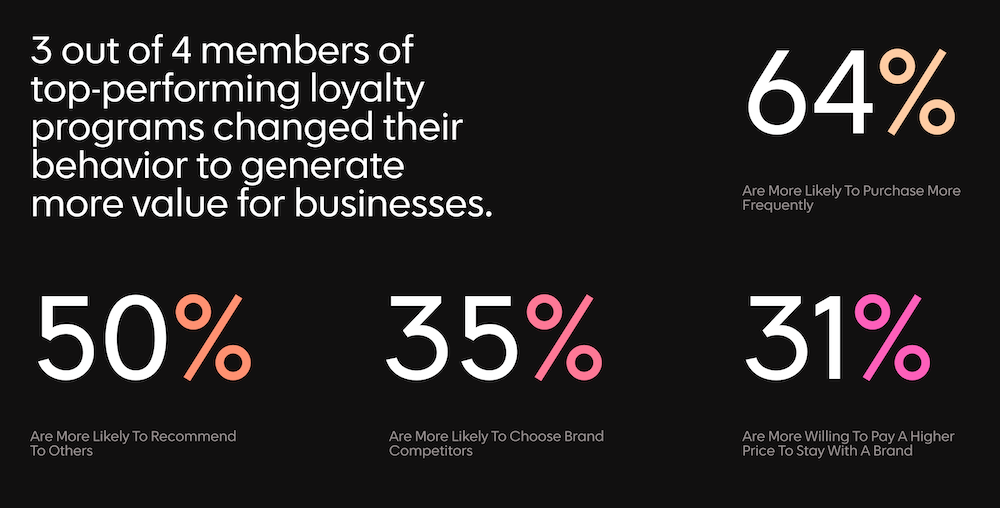Unlocking the power of loyalty
Why loyalty matters

Everyone knows customer loyalty is worth its weight in gold. It’s cheaper, easier, and more valuable to get an existing customer to engage with your brand than it is for a cold stranger. Yet everyone also knows that improving customer loyalty isn’t easy.
McKinsey consultants have done a lot of research on customer loyalty, why it’s important, and what leaders can do to improve it. Their research has found that “top-performing loyalty programs can boost revenue from customers who redeem points by 15 to 25 percent annually, by increasing either their purchase frequency or basket size or both.”
Their research shows that companies with high-performing loyalty programs derive significant business value from those programs.

Why Now
Analysts argue that multiple micro-economic factors are making this trend increasingly significant, putting downward pressure on businesses, and necessitating value through customer loyalty.

Loyalty Shake-Up Post Covid-19:
50%
of consumers report that they will switch product, brand, or retailer when faced with shortages.

8.5%
increase in the consumer price index from March 2021 to March 2022 in the United States, a 40-year high, 7.5% in the eurozone, and 7% in the United Kingdom.

50%
On average, a customer in the US belongs to 17 loyalty programs indicating a saturated landscape. However, there is low engagement with less than 50% active loyalty memberships.

Once perceived as a value add, loyalty programs are now the norm, and companies must adjust accordingly. A well-designed loyalty program not only differentiates a company from its competitors, but it delivers the one thing customers and brands both want: a mutually beneficial relationship.
Click here to learn how most brands miss the mark when it comes to meeting customer expectations around loyalty programs.